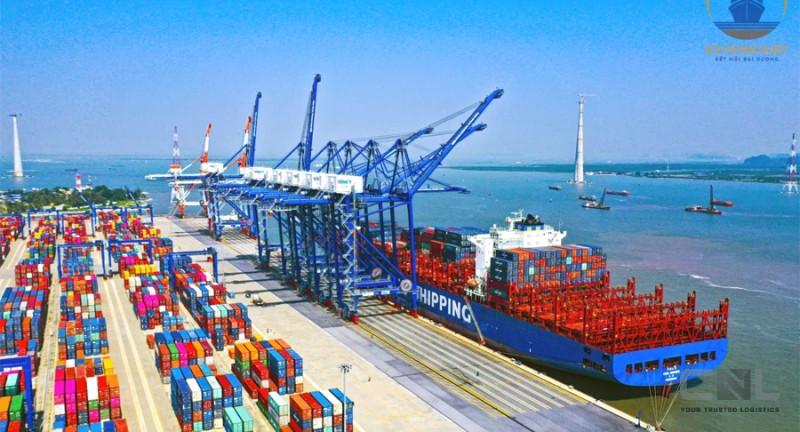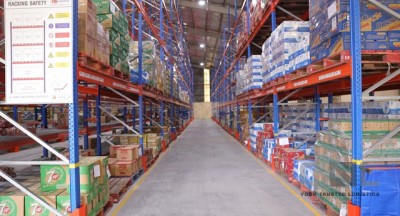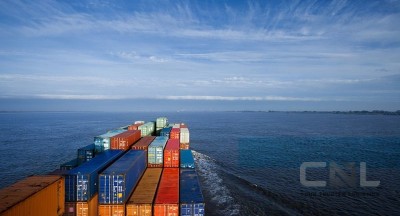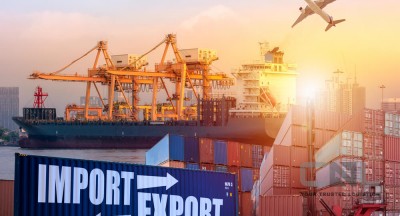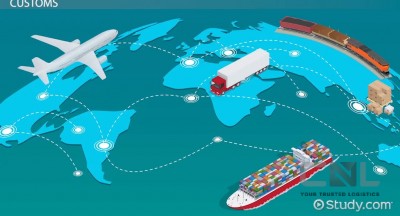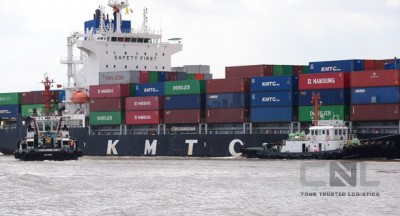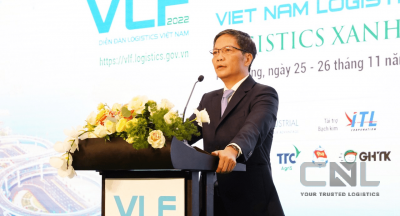The Vietnam Maritime Administration has just submitted to the Ministry of Transport for appraisal "Planning for the development of the dry port system in the period of 2021 - 2030, with a vision to 2050". Notably, in this submission, the Vietnam Maritime Administration has set a specific goal by 2025: Developing a dry port system capable of approving about 20% - 30% of the demand for import and export container transport with a total capacity of about 6-8.7 million Teu/year.
Accordingly, the Department's submissionMaritimeVietnam stated: The implementation of the dry port system development planning (ICD) must both ensure compliance with the Law on Planning and be a premise for planning policies and solutions for dry port development in a synchronous manner, effectively supporting seaport exploitation and transport activities in general.
Up to now, the whole country has invested, announced and put into operation 10 dry ports, 6 inland customs clearance ports - ICD are operating in the positions planned for dry ports but investors have not yet carried out procedures for conversion into dry ports as prescribed. ICD ports are centrally allocated across 5 corridors and economic zones out of a total of 15 corridors and economic zones with dry port planning.

In the Northern region, there are 9 dry ports including Hai Linh, Mong Cai, Dinh Vu New Port, Dinh Vu - Quang Binh, Hoang Thanh, Ha Nam New Port, Que Vo New Port, Phuc Loc and Long Bien; 5 ICDs including Tien Son, Thuy Van, Lao Cai, My Dinh, Hai Duong.
The Southern region has a single dry port, Nhon Trach Newport, and 9 ICDs including Phuoc Long, Transimex, Sotrans, Southwest (Tanamexco), Phuc Long, Tan Cang Long Binh, Tsunami, Bien Hoa and TBS - Tan Van.
The total volume of import and export goods by container through dry ports and ICDs in operation is currently about 4.2 million TEU/year.
According to the Vietnam Maritime Administration, ports in the South promote the advantages of inland waterway transport (accounting for 35-40%), well support seaports in transshipment of import and export goods by container, reduce congestion at seaports and urban traffic in Ho Chi Minh City.
Northern dry ports are not as clearly connected to seaports as for dry ports in the South because the sea container shipping market is only about 30% of that of the South. Besides, seaports in the North do not have frequent congestion. Goods are not required to be transshipment through dry ports to reach seaports like the South, so the rate of using dry ports and inland customs clearance ports in the North is still low.
Affirming that the dry port is a part of the transport infrastructure, but has not been interested in development for a long time, the leader of the Vietnam Maritime Administration emphasized: The plan for the development of the dry port has only recently been built, so the implementation process lacks synchronization with other plannings, especially specialized transportation planning, land use planning ...
From here, the specialized maritime management agency clearly states the goal of gradually forming and developing a dry port system nationwide to meet the needs of transporting goods for export and import, increasing capacity through goods of seaports;
Organize container transport in a reasonable way to reduce transportation costs and storage time at seaports, ensure cargo safety; contributing to reducing traffic congestion, especially in large urban areas and areas with large seaports. Develop the dry port system to become the focal point for transport, transshipment and distribution of goods, combined with the provision of logistics services.
Specifically, by 2025: Develop a dry port system capable of approving about 20% - 30% of the demand for import and export container transport with a total capacity of about 6 - 8.7 million Teu / year.
In particular, the North includes dry ports, dry port clusters with a capacity of about 2.2 - 3.0 million Teu/year; the Central - Central Highlands has dry ports and dry port clusters with a capacity of about 0.24 - 0.37 million Teu / year; The South has dry ports, dry port clusters with a capacity of about 3.5 - 5.3 million Teu / year.
By 2030, developing a dry port system is likely to pass about 25% - 35% of the demand for import and export container transport goods under transport corridors. Forming dry ports, dry port clusters with a total capacity of about 11.6 - 15.7 million Teu /year.
In particular, the North includes dry ports, dry port clusters with a capacity of about 4.2 - 5.5 million Teu/year; the Central - Central Highlands has dry ports, dry port clusters with a capacity of about 0.66 - 0.95 million Teu / year; The South has dry ports and shallow port clusters with a capacity of about 6.8 - 9.3 million Teu per year.Oriented to 2050, it will develop the dry port system to become the focal point for transport, transshipment and distribution of goods, combined with the provision of logistics services, capable of passing about 30% - 35% of the demand for goods transported container import and export under transport corridors, at the same time meet the needs of logistics services in localities
Quang Toan/BNEWS/TTXVN - bnews.vn
